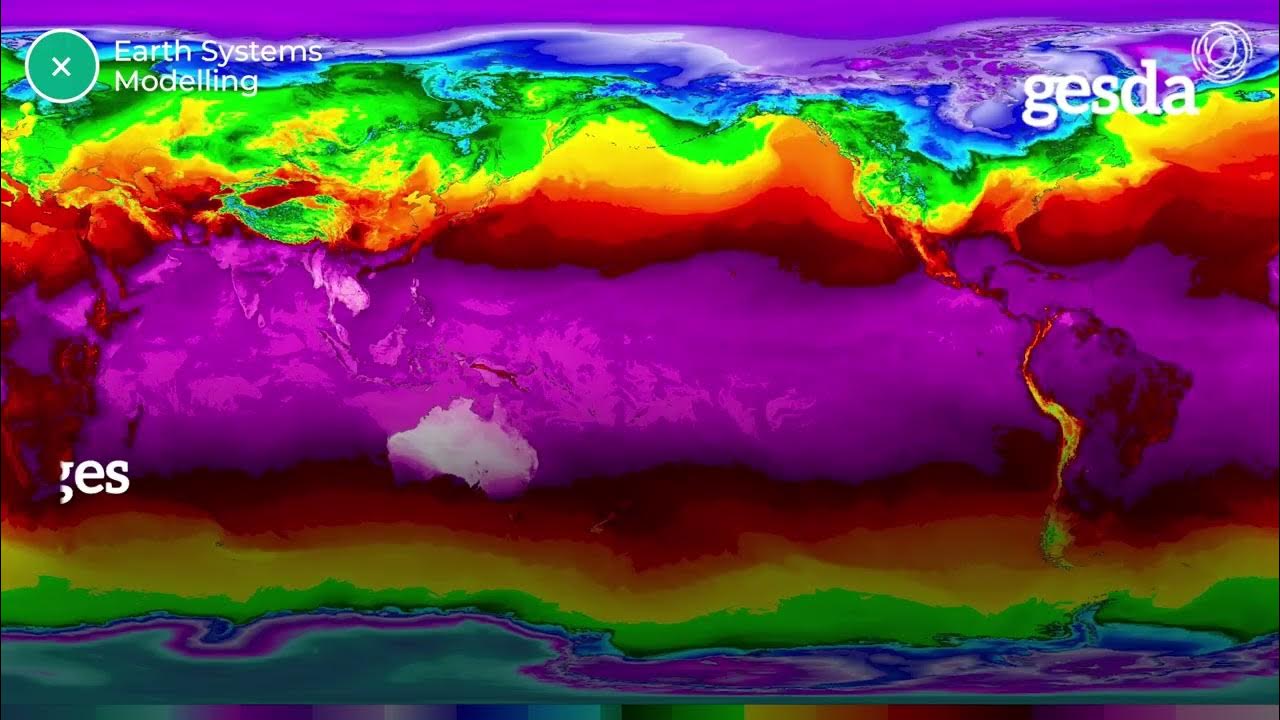Associated Sub-Fields:

The concept of the Earth system can be traced to James Lovelock’s much-discussed Gaia hypothesis, which posited that all of Earth is a self-regulating whole. While aspects of Lovelock’s proposal remain controversial, the core notion has proved correct.
As an example, by including explicit models of the cryosphere, researchers can better predict the extent and speed of sea-level rise. In addition, the models must incorporate the effects of feedback loops, where small changes in one component can trigger effects in others, which then in turn alter the state of the first component, amplifying or diminishing the original change. The Earth-system paradigm has also led to the identification of “tipping elements”. These are components of the Earth system that can undergo effectively irreversible change given a sufficiently strong stimulus.
Earth-system models that can handle these interactions are necessarily extremely complex. One key enabler is the development of ever-more-powerful supercomputers. However, a crucial task is to ground them in observations of real-world systems, and in process-oriented studies that capture the mechanisms of the Earth system. This requires significant increases in monitoring capacity, using both terrestrial and space-based sensors. Strategic improvements in Earth remote sensing would bolster our understanding of the Earth system and ability to forecast societally relevant changes.
KEY TAKEAWAYS
Earth-systems models are a set of extremely complex models of the various interacting systems operating on our planet. They provide a means of anticipating future trends and events. However, their complexity means that the models are far from perfect, despite the powerful supercomputing resources now available to run them. One of the challenges lies in the Modelling of feedbacks in the Earth system. An example is the increased global warming through absorption of solar radiation that results from receding sea ice — the recession itself is a result of global warming. Such feedbacks may eventually lead to “tipping elements”, such as the potential for the Amazon rainforest to be suddenly transformed into a savannah. Tipping element modelling and forecasting is also a significant challenge. It is, however, a vital one to address, since uncertainties here leave our models exposed to sudden and potentially catastrophic deviation from real-world scenarios. Also significant are the Interactions between Earth systems. Understanding the links between climate change and biodiversity loss, for example, can assist in the timely and effective management of habitats. While all the computational models of Earth’s systems have flaws, these can be mitigated in part by Model intercomparison. This can improve model reliability by comparing the performance of ensembles of models and weighting their contributions accordingly.
Anticipatory Impact:
Three fundamental questions guide GESDA’s mission and drive its work: Who are we, as humans? How can we all live together? How can we ensure the well-being of humankind and the sustainable future of our planet? We asked researchers from the field to anticipate what impact future breakthroughs could have on each of these dimensions. This wheel summarises their opinions when considering each of these questions, with a higher score indicating high anticipated impact, and vice versa.
- Anticipated impact on who we are as humans
- Anticipated impact on how we will all live together
- Anticipated impact on the well-being of humankind and sustainable future of our planet







